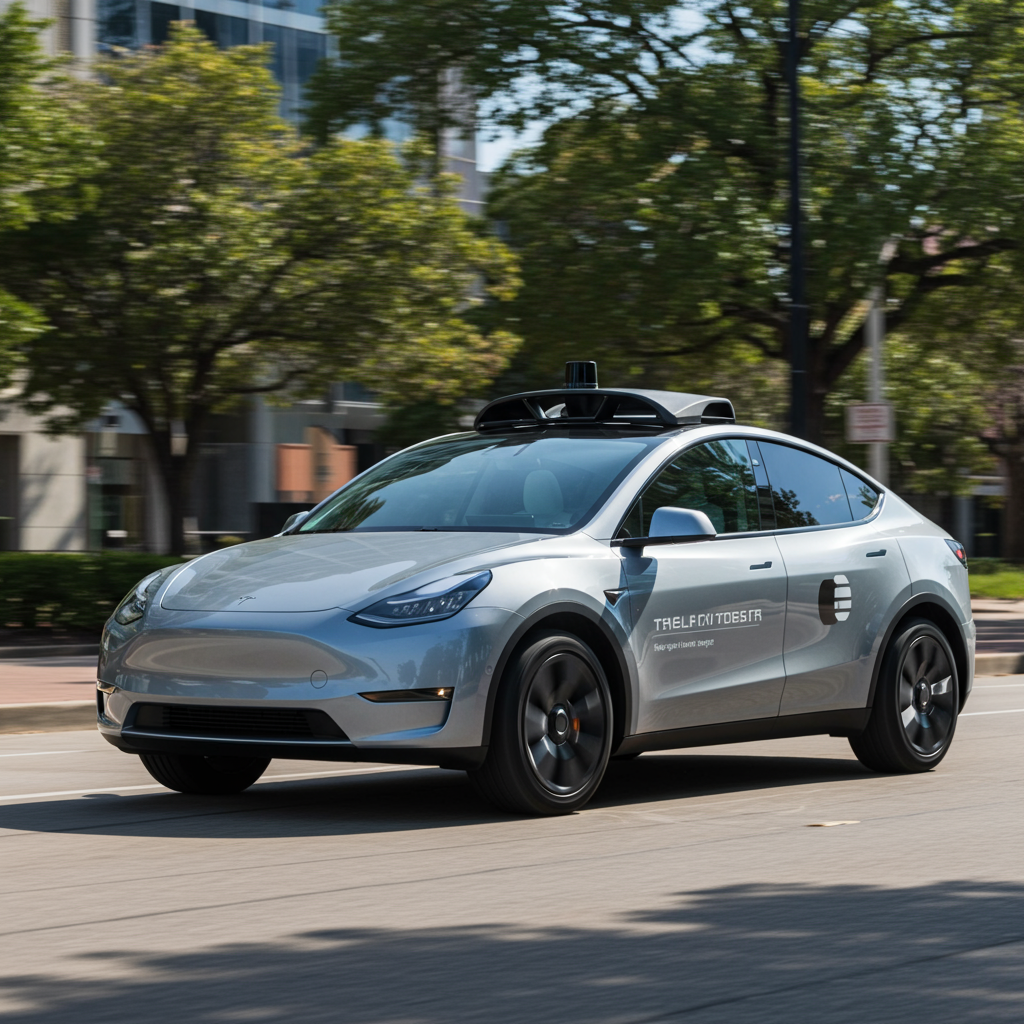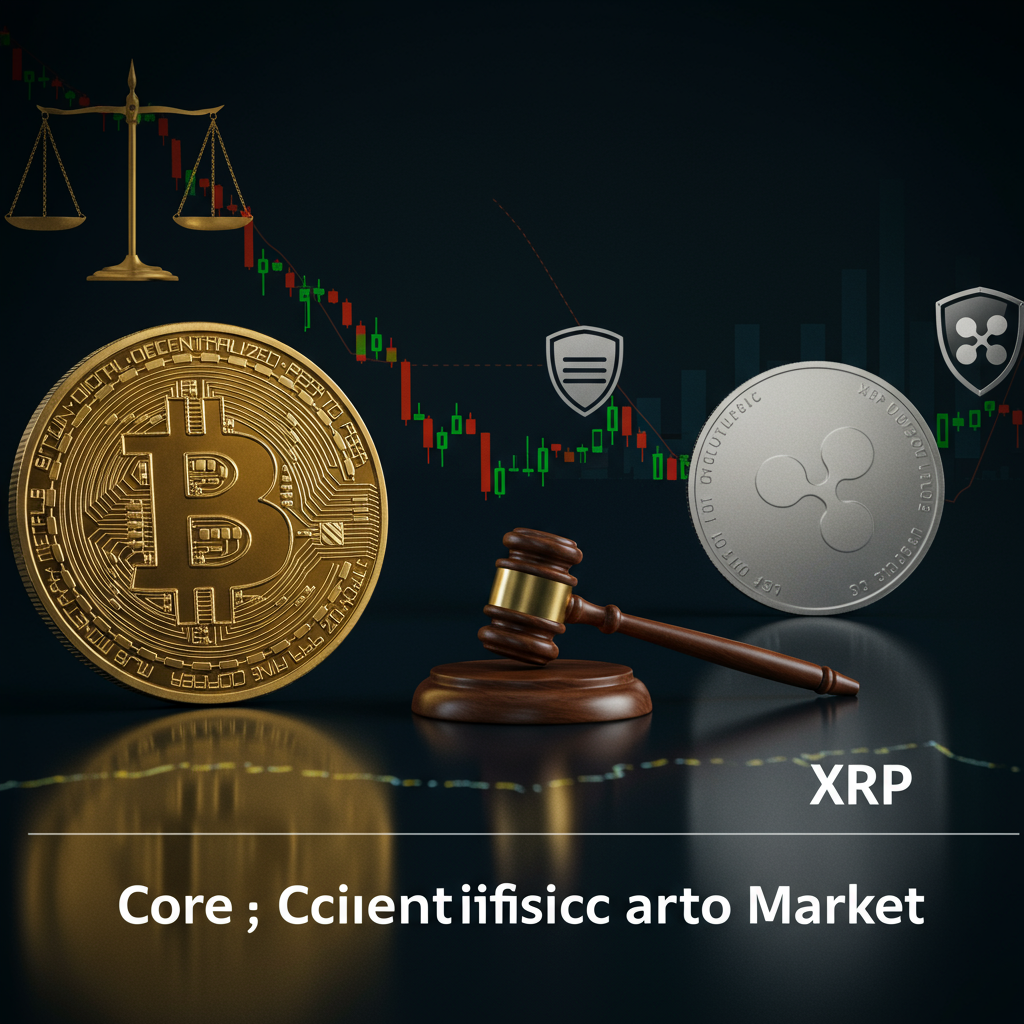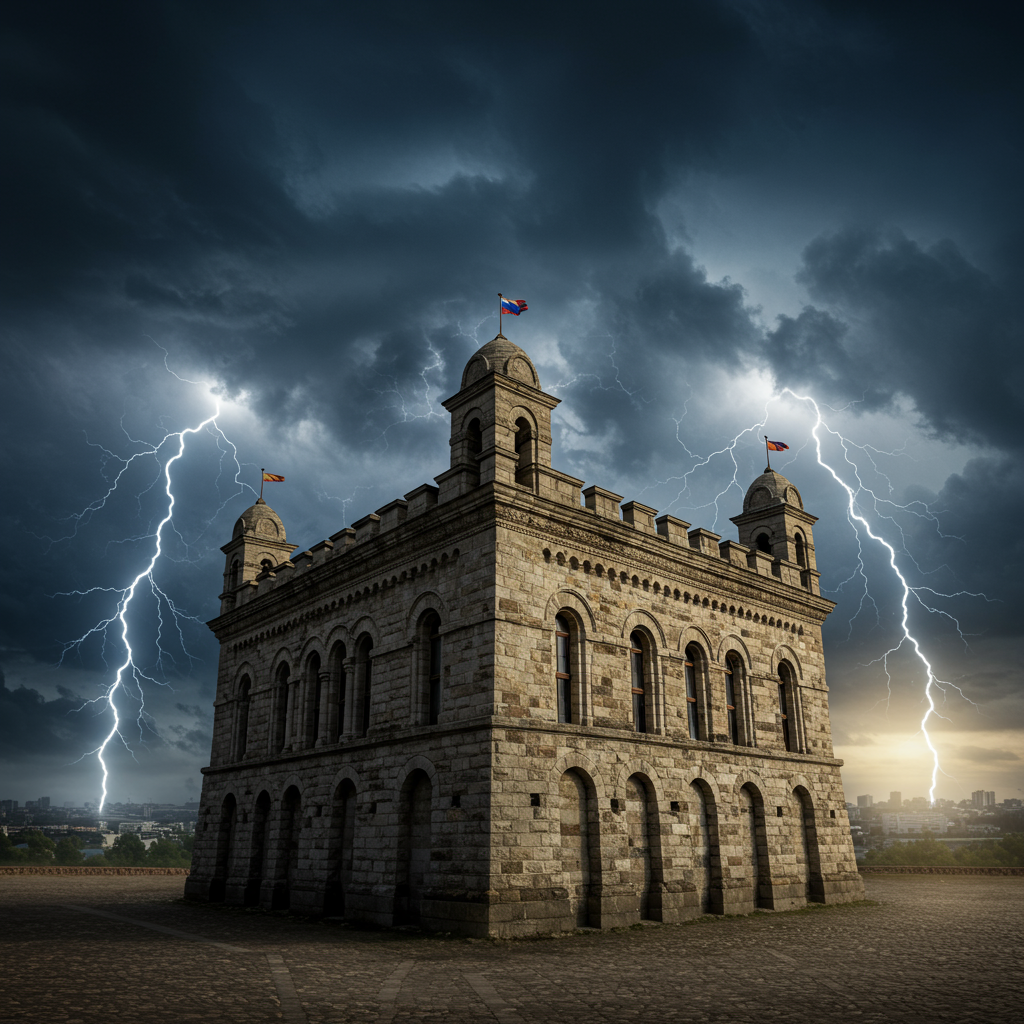Austin, Texas — Tesla has officially entered the burgeoning self-driving taxi market, launching its highly anticipated AI robotaxi service, dubbed CyberCab, in Austin, Texas. The pilot program commenced on Sunday, June 22, offering select invited users rides for a flat fee of $4.20.
This initial rollout is operating within a specific geofenced area of the city. Rides are currently provided by modified Tesla Model Y vehicles, notably featuring safety monitors in the passenger seat during this early phase. While some early users experienced initial delays accessing the necessary app, feedback highlights the vehicles’ impressive maneuverability, though drop-off locations may be limited by the current operational zone. Tesla CEO Elon Musk celebrated the launch on X (formerly Twitter), describing it as a significant milestone. The specific $4.20 fare is reported to be a deliberate nod to internet culture, aligning with Tesla’s public persona.
Tesla’s foray into autonomous ride-hailing marks a new chapter after years of anticipation and previous timelines set by Musk. While the current operation is small-scale, involving around 10-12 vehicles according to reports, Tesla has ambitious plans for the future.
Tesla’s Vision for the Robotaxi Future
Looking ahead, Tesla intends to introduce a purpose-built CyberCab sedan designed without a steering wheel or pedals, with volume production expected to begin in 2026. A prototype of this dedicated robotaxi has been displayed publicly, including recently in Berlin and Paris.
Musk has also outlined a vision where existing Tesla owners could potentially add their personal vehicles to the robotaxi network, operating on an “Airbnb model” to earn income when their cars are not in use. This strategy, leveraging Tesla’s large existing fleet, is central to the company’s plan for rapid scalability. Musk anticipates the robotaxi service could “move the financial needle in a significant way” for Tesla as early as the middle to second half of next year, with plans to expand to major cities like Los Angeles and San Francisco following the Austin debut.
A key aspect of Tesla’s approach is its reliance solely on cameras for navigation, a departure from competitors who use a combination of cameras, lidar (laser), and radar. Tesla claims this “vision-only” strategy allows for faster scaling without requiring extensive mapping of service areas.
The Competitive Landscape
Tesla enters a market where significant players like Waymo (Alphabet) and Zoox (Amazon) have already established operational services.
Waymo: Having evolved from Google’s self-driving car project, Waymo currently offers fully driverless rides in four U.S. cities: Phoenix, San Francisco, Los Angeles, and Austin. They operate over 1,500 vehicles and reported completing more than 250,000 paid trips weekly in early May. Waymo is actively expanding its service areas and plans to launch in Atlanta, Miami, and Washington, D.C., next year (contingent on regulatory approval in D.C.). Their fleet primarily consists of electric Jaguar I-PACE vehicles equipped with their multi-sensor autonomous driving technology. Waymo is also advocating for regulatory changes to enable service in New York City.
Zoox: Owned by Amazon, Zoox is developing and deploying purpose-built robotaxis. While their custom vehicles currently provide rides mainly to employees in Las Vegas, San Francisco, and Foster City, California, they also operate a test fleet of manned, retrofitted SUVs in numerous cities, including Austin, Los Angeles, and Atlanta. Zoox recently opened its first serial production facility in California with a capacity for over 10,000 robotaxis per year and is targeting public launches in Las Vegas later this year and San Francisco in 2025.
Challenges and Skepticism
Despite the launch, challenges remain. Tesla’s robotaxi aspirations follow a history of optimistic timelines set by Musk that have not always been met. While the “vision-only” approach is touted for scalability, it also faces scrutiny, particularly given ongoing regulatory investigations into Tesla’s Full Self-Driving (FSD) system, which the robotaxis are expected to utilize an improved version of. Competitors like Waymo have a considerable head start in operational experience and scale.
Furthermore, the regulatory environment for autonomous vehicles is evolving. Texas is implementing a new law effective September 1 requiring state permits for self-driving vehicle operators, giving authorities power to revoke permits deemed a public danger.
While skepticism persists regarding the pace of Tesla’s rollout and the readiness of its technology compared to rivals, Musk’s track record in bringing innovative technology to market is undeniable. The success of the robotaxi service is seen as critical for Tesla’s future growth and financial performance.



